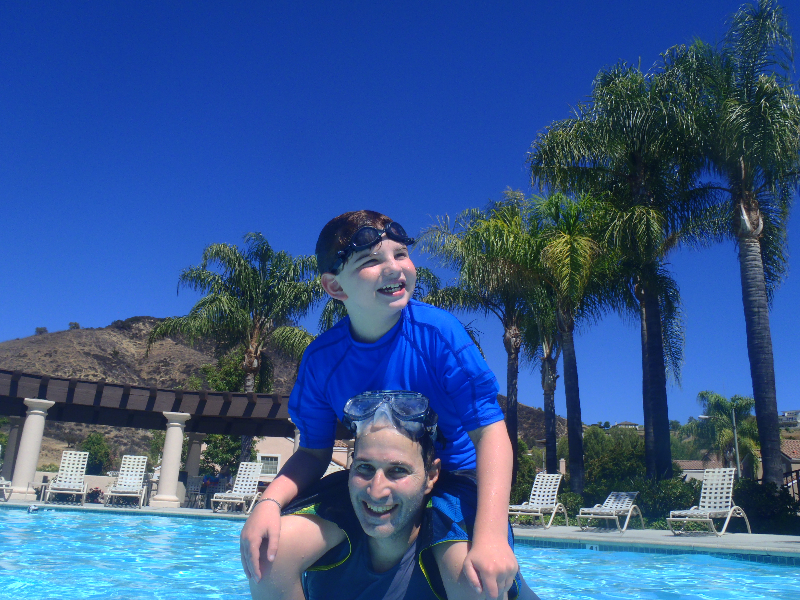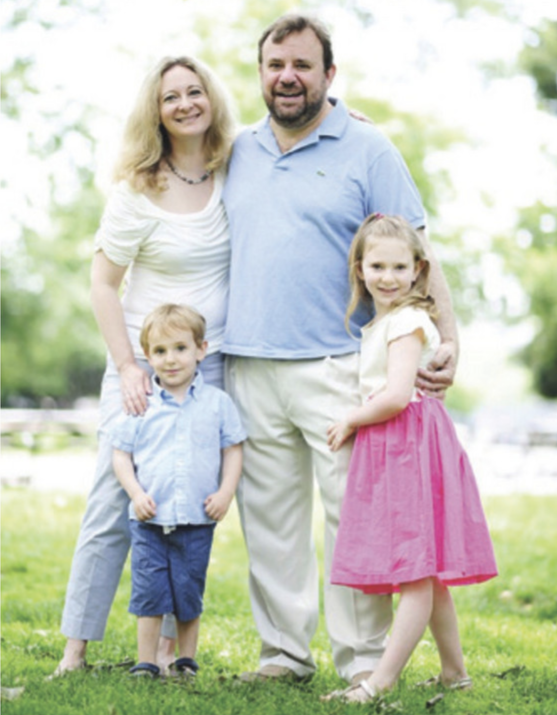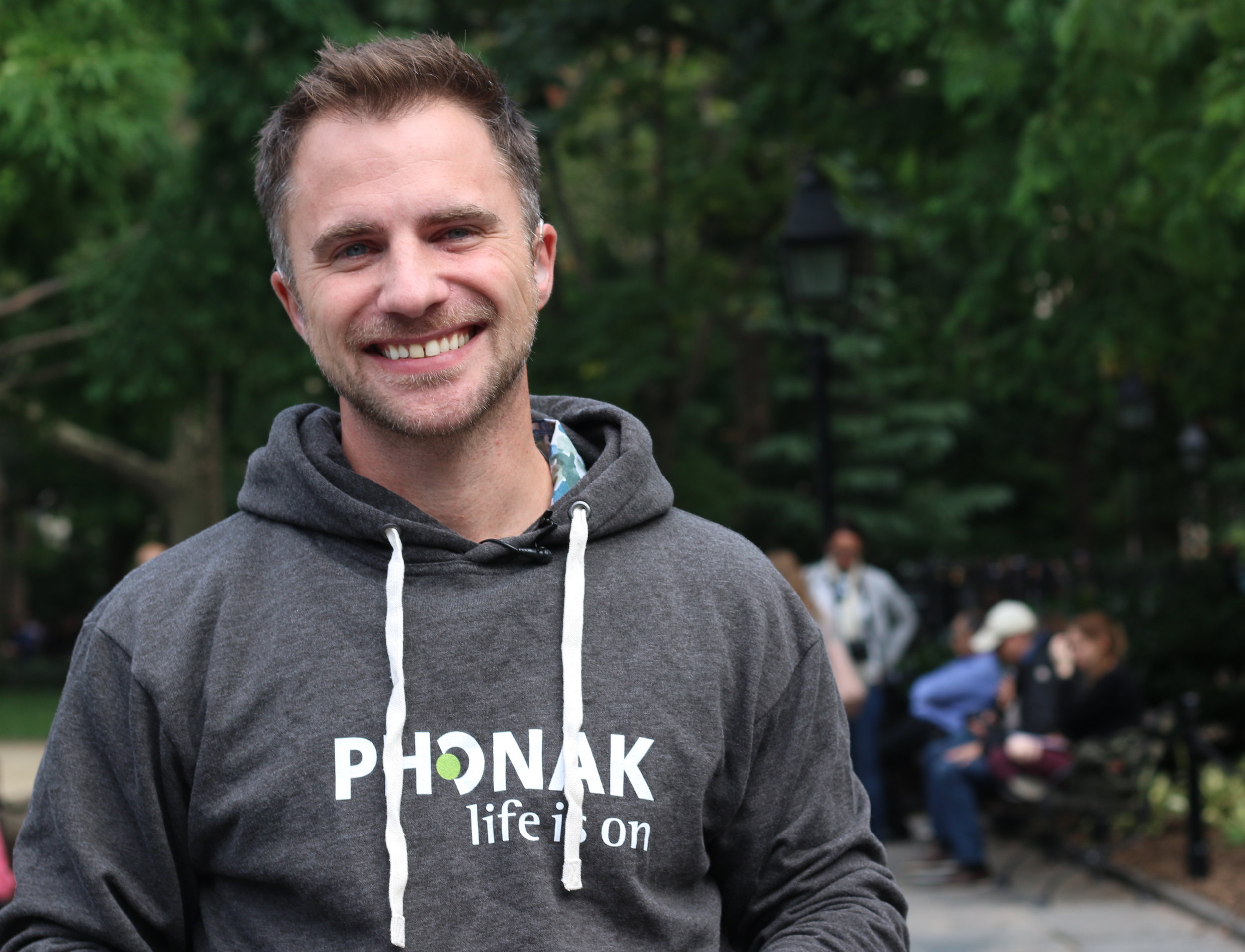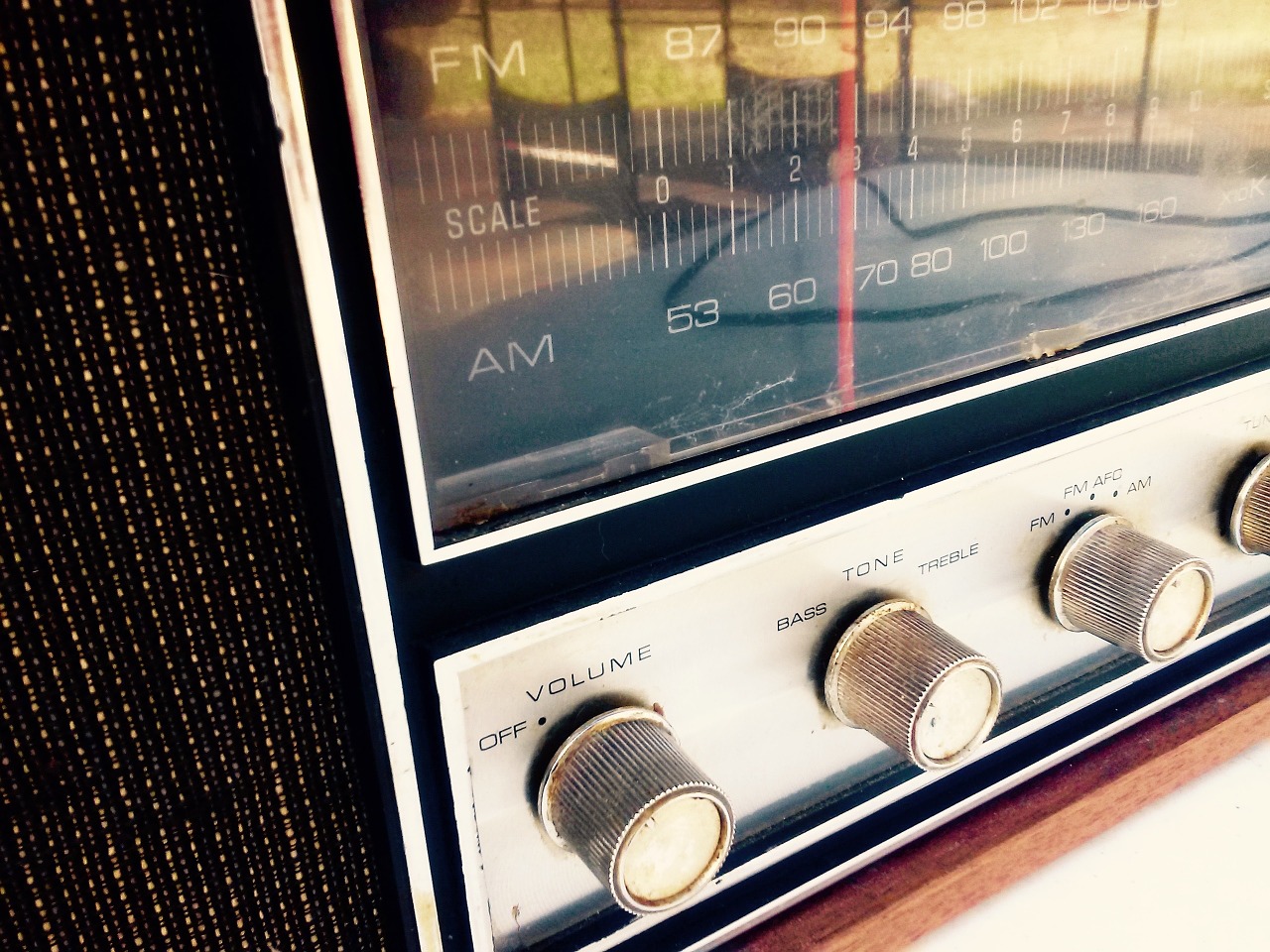By Sonya Daniel
I was born with bilateral sensorineural hearing loss. I didn’t know the official term for it until 2008. When I was a kid in elementary school I passed every hearing test that the mothers in the PTA administered. I was a pretty clever little girl. I learned that every test has a visible “tell” and knew how to guess “right” on all of them. I never wanted to fail any test. I learned to read lips, and assumed everyone heard that annoying ringing constantly. That, of course isn’t true.
The tinnitus became too overwhelming to deal with everyday. I hadn’t had my ears tested since I was little, so I didn’t know what to expect. It was much worse than I had ever imagined it would be. And now it had a name. I left the audiologist knowing at some point I’d be completely deaf. But, no one knows when that might be. I was a mother to three young boys. I wondered how much longer I’d hear, “Mommy, I love you.” Or If they’d hold out long enough to hear their grown-up man voices. How much longer until I couldn’t hear music?
Music is my passion. In fact, it’s my chosen profession. I never remember wanting to do anything but be a musician in some capacity. My dad played the guitar. My mother said when I was little I would sit in front of him and touch his guitar and I would stand in front of the stereo and touch the speakers. I suppose I was trying to “hear” the music. I knew I’d go to college and major in music as a vocalist. I knew I wanted to share my love for music and teach others.
College was a very difficult and stressful time. There was a course called “Sight Singing and Ear Training” required to complete my Bachelor’s in Music. I mean, come on! Ear training? I struggled. Professors struggled to teach me. Some never gave up because it was apparent I wasn’t going anywhere.
I did get to teach music to every level. I can’t do that anymore, but I still do music everyday. Sometimes in life you have to know that there are things that your body just won’t let you do. I’d like to be a 6’0” tall, blonde supermodel, too. My body said “no” to that and I think I’m ok.
Living with tinnitus and hearing loss can be overwhelming and difficult. I’m not as afraid of living this way as I used to be. Everyone has a thing. This is just mine. I like to say I don’t live with hearing loss; it lives with me.
My journey has brought me to the cochlear implant. I’m a candidate in the preliminary stages of that process. Technology changes so fast it’s hard to keep up. My current devices have stronger receiver tubes and ear molds.
That’s just my journey with my ears. My life isn’t defined by or consumed with my ears, although it’s felt that way at times. I’m constantly learning and growing. I’m getting stronger with each high and low I face. But, isn’t that just life?
Sonya Daniel is a musician/teacher, writer, and voiceover artist. She is a participant in HHF’s “Faces of Hearing Loss” campaign.
Receive updates on life-changing hearing research and resources by subscribing to HHF's free quarterly magazine and e-newsletter.


















